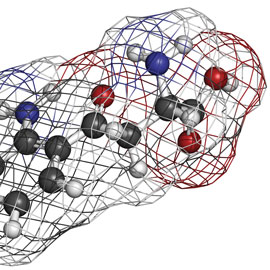Mass spectrometry-based metabolics – an exclusive online-only article from Tun-Li Shen at Brown University
Posted: 3 July 2014 |
Tun-Li Shen provides a brief overview of the gas chromatography mass spectrometry (GC-MS) and liquid chromatography mass spectrometry (LC-MS) instrumentation platforms used in untargeted metabolomics studies…




Tun-Li Shen, Brown University
The complete set of metabolites produced by cells is defined as its metabolome. Metabolites are small molecules (< 1000 Da) that participate in cellular metabolic reactions. The estimated number of metabolites in organisms range from 436 in E. coli1*, 733 in Saccharomyces cerevisiae2*, almost 20,000 expected metabolites in humans3*, and up to 200,000 metabolites in the plant kindom4*. Because metabolites consist of a wide range of compound classes with diverse chemical properties, no single analytical platform can detect all metabolites.
There are two approaches to metabolomics investigation: targeted and untargeted. Targeted metabolomics focuses on a subset of metabolites involved in one or more pathways; the chemical identities of metabolites to be measured are known, authentic standards are available in these studies. The goal of untargeted metabolomics is to observe global metabolite profiling differences between sample types, experiments are designed to maximise the coverage of metabolites. A significant bottleneck in this approach is the identification of metabolites5*.
Here, we provide a brief overview of the gas chromatography mass spectrometry (GC-MS) and liquid chromatography mass spectrometry (LC-MS) instrumentation platforms used in untargeted metabolomics studies. Two other mass spectrometry based techniques, direct infusion mass spectrometry (DIMS) and capillary electrophoresis mass spectrometry (CE-MS), have been reviewed elsewhere6* and will not be discussed here.
*References explained in the full-article.





